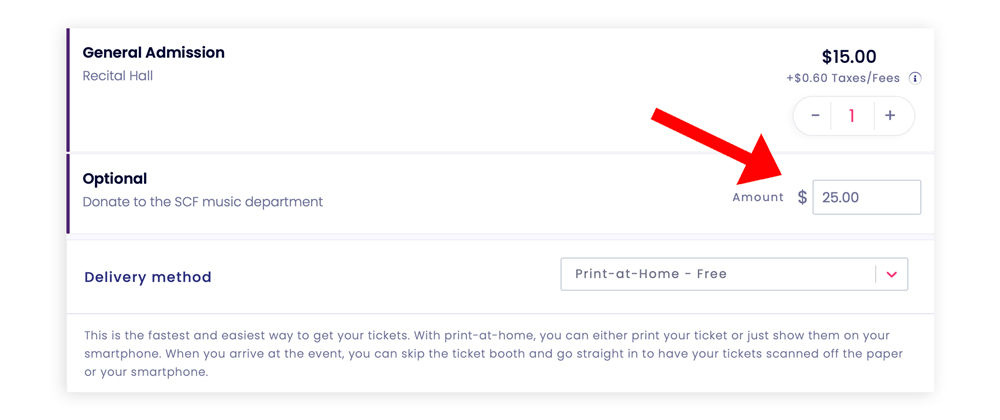How Digital in the Charity Sector has Changed Over the Last 10 Years
The path to digital in the charity sector has been slow, however, meaning that the recent shift to digital hasn’t been effortless. According to Scanteam, internal obstacles are still stopping charities from getting the most out of digital, with a lack of funding and lack of digital skills cited as the two biggest barriers.
The report also remarks that a considerable percentage of charities still don’t even have a digital system in place.

While the impact of Covid-19 has been felt intensely, there are some positive signs of charities’ ability to adjust. Many charities have shifted to virtual events. One notable example of one of the charitable events is the mental health charity, Mind, by the USA, which launched ‘Switch Off, Game On’, an initiative that enables people to raise money through the charity lottery.
Looking into the future, as we appear in a world with a hint more certainty, it’s important that charities learn from the past years of the pandemic. Since the time of COVID-19, the charity sector has undergone a period of digital transformation.
It has proved strong, able to meet digital marketing demands and rise to the challenges of the moment. Many of the shifts that we saw in 2020 will persist well into the future. Post-COVID-19 tech movements are likely to be a combination of the past and the present.
The Offline to Online Shift
Nine-in-ten charities say the pandemic has adversely affected the capacity to complete goals, according to a survey by Michelle Thomas. Service delivery is extremely important in that regard, as it is so vital for users. Many charities can afford to ignore admin duties, for example, but cannot easily put service delivery on pause.
The charity sector has been swift to adjust. Many learned that digital tools could deliver effective service delivery in the absence of face-to-face contact. Charity professionals hopped on Zoom, Slack, usage of SEO, and Microsoft Teams to deliver support and guidance to users. Some charities used video conferencing to make permission groups and offer online classes. Others focused attention on websites and social media to raise awareness and give important data.
 Others adopted virtual reality and AI to deliver services that were usually executed in person. Some charities proposed virtual tours and virtual performances, and others used computerized bots to help with redirection and digital marketing.
Others adopted virtual reality and AI to deliver services that were usually executed in person. Some charities proposed virtual tours and virtual performances, and others used computerized bots to help with redirection and digital marketing.
Charities took different paths, shifting service delivery to the most suitable route. And many charities noticed some tremendous benefits to that change. Charities have been able to expand their reach, for example, by finding new audiences unrestrained by geographical limitations.
Digitizing Fundraising and Donations
Digital fundraising vastly took over in 2020. Area Lockdowns and imposed social distancing restrictions caused street fundraising and physical drives near impossible. Charities had to take quick steps to minimise the loss of earnings. The result has been interesting, with lots of strange and innovative digital fundraising movements.
The major advantages of digital fundraising are
- Saving money (printed material, volunteers, etc.)
- Saving time (labor, setting up booths, location visits, etc.)
- Easier to organize and in one central location online
- Digital payments
- Support for tracking and analytics/less room for error
Digital auctions, for example, only need a moderate share of labour compared to physical auctions. Prize draws are inexpensive and relatively straightforward to arrange. Crowdfunding only requires small organisational costs, if any.
Adding a donation button to your website takes slight effort and often costs no money at all. Using text-to-donate also costs a small charge. The same is right with social media, where charities are developing significant sums.
We hope many charities will continue to take along digital fundraising ideas into the future. It is likely that charities will incorporate a mixture of physical fundraising and digital fundraising, perhaps saving money on smaller and easy-to-manage campaigns and focussing their engagement on arranging enormous-ticket movements in the physical world.

Physical to Virtual
Lockdowns and social distancing constraints caused physical events impossible for considerable parts of 2020. Many charities again adopted at a fast pace, working out how to use videoconferencing and digital networking platforms to put on successful virtual events.
Our experience at Charity Digital confirms as a good example. In March 2020, just before the first lockdown was declared, we put on an offline conference that was well-received. As the year gradually ticked away, it became increasingly clear that the 2021 conference would need to be digital. We researched, we organized, and we adjusted.
Other charities had equally successful experiences with virtual possibilities. The advantages of virtual rather than physical events connect to the benefits of digitization.
- Virtual event can be more manageable to organize
- Cost-efficient
- Avoids many geographical limitations
- Larger audience/extended reach
It is likely that many charities will take the successes of virtual events into the future, ensuring at least an essence of digital. But, again, it’s likely that a hybrid approach will seem attractive.
Mixed events were already popular earlier than the pandemic. Hybrid events combine in-person events with an online audience, hovering the best aspects of physical and virtual events.
We will probably see physical events return with a virtual element. We will also likely see charities delivering a mixture of entirely virtual events and physical events, with all of those occasions requiring a large digital.
Culture and Methods Remain Challenging
In fact, there’s been a lot of growth in digital culture. I do a bunch of these digital maturity inspections. I have yet to see an association where everyone is precise on who has the final say, and who handles digital. If the inquiry was about the annual accounts, I’m convinced the answer would be known.
I also learned how few people beyond digital are aware of the moderate traffic and income increased online. And I have yet to come across a recorded digital production workflow that is always used. Another item technology can’t offer you.
In brief, we still ought to put just as much effort into hiring internal stakeholders as we do for external audiences.

Author: Michelle Thomas
Marketing Analyst and Blogger in Scanteam. She has been working with web analytics, data collection and analysis for 7 years. She also works in the area of Big Data, with experience in marketing and related industries.





